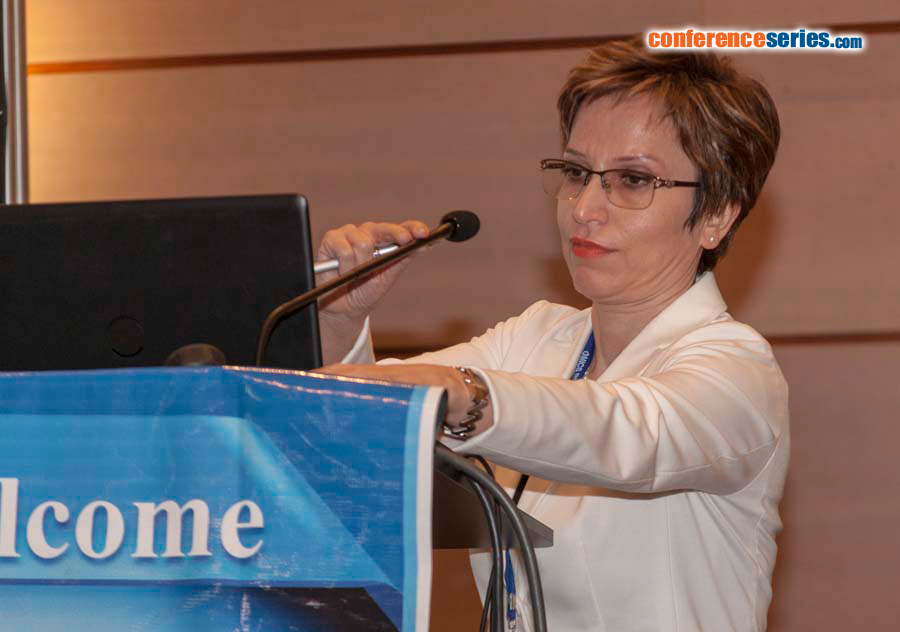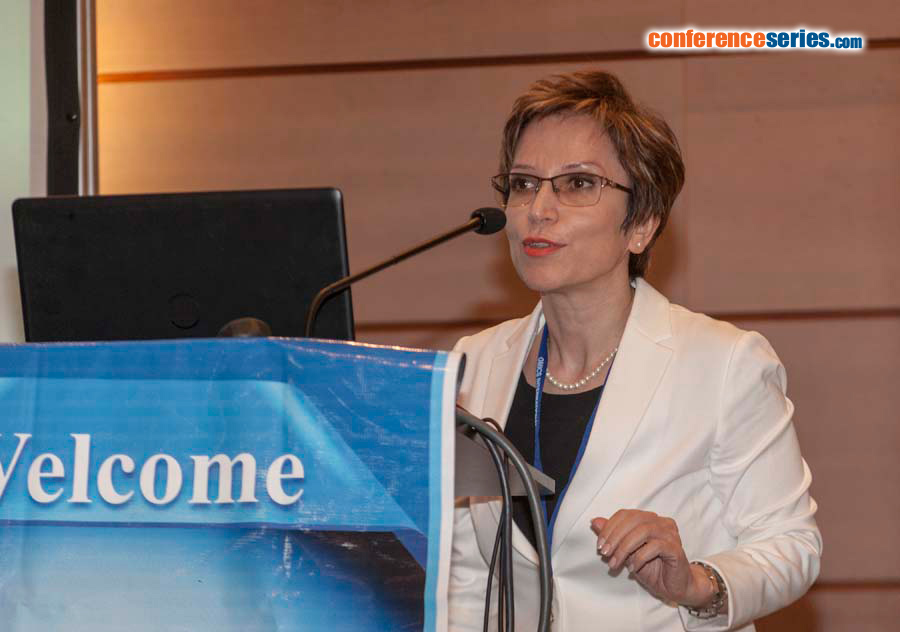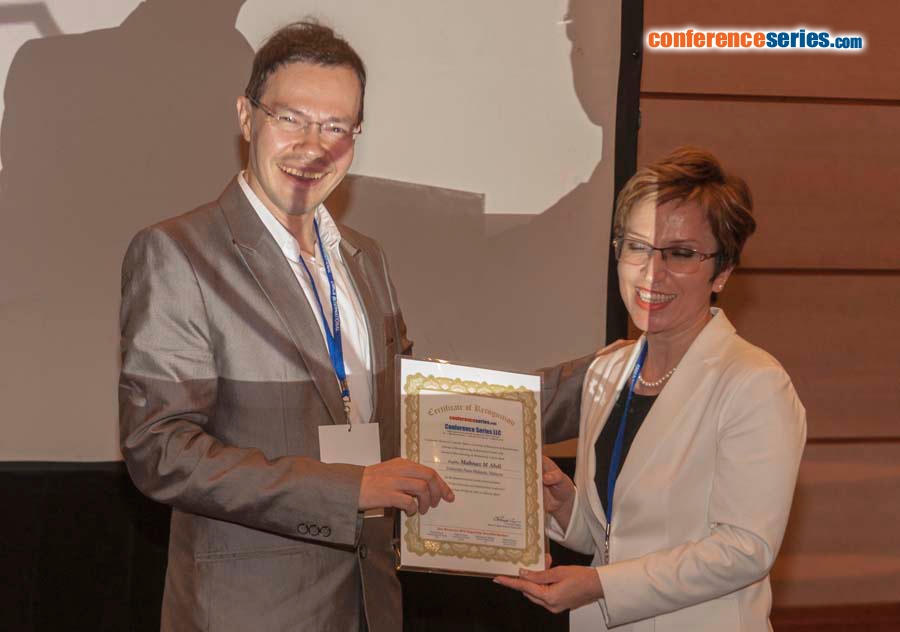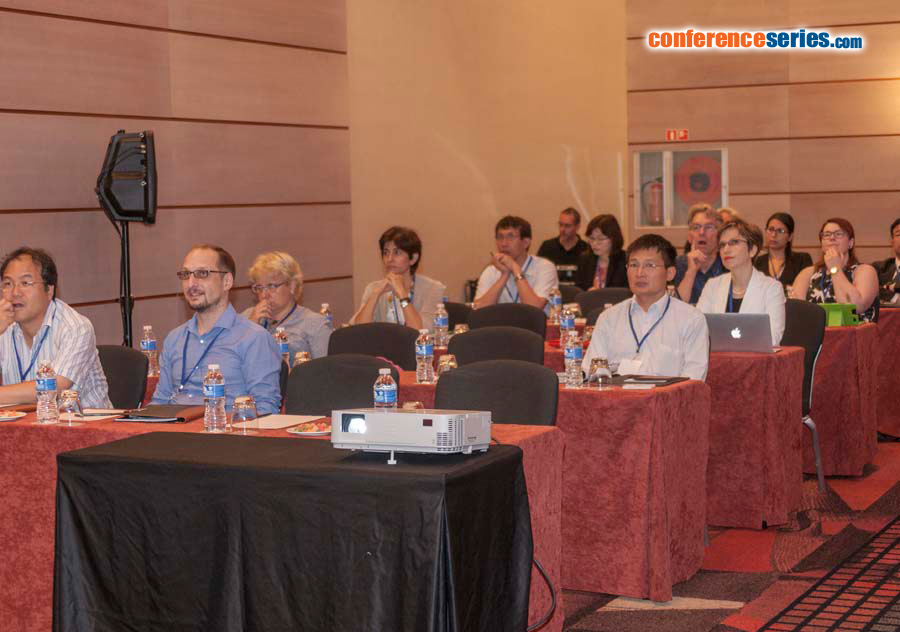
Mahnaz M Abdi
University Putra, Malaysia
Title: Conducting polymer composite based on nano-cellulose for biosensing application
Biography
Biography: Mahnaz M Abdi
Abstract
Application of conducting polymers of polypyrrole and polyaniline-cellulose nanocrystal based composite as electron-transfer pathways in enzyme electrodes was investigated. Polypyrrole-cellulose nanocrystal (PPy-CNC)-based composite as a novel immobilization membrane was prepared by chemical polymerization. Modified electrodes were prepared based on drop casting of nanocomposite suspension on the screen printed electrode (SPE) surface following by GOx immobilization. Field emission scanning electron microscopy (FESEM) images showed the porous structure of the nanocomposite with large surface area which could accommodate a large quantity of enzyme and allow the rapid diffusion of the active enzyme into the sensing membrane. The electrochemical and DPV responses of the GOx for glucose biosensor detection were examined in detail. The anodic current (Ip) in the voltammogram of the modified electrode prepared from PPy-CNC showed higher value compare to modified electrode prepared from pure polymer indicating CNC enhanced electron transferring and biosensor performance. The modified glucose biosensor exhibits a high sensitivity (ca. 0.73 μA•mM−1), with a dynamic response ranging from 1.0 to 20 mM glucose. The modified glucose biosensor exhibits a limit of detection (LOD) of (50 ± 10) µM and also excludes interfering species, such as ascorbic acid, uric acid, and cholesterol, which makes this sensor suitable for glucose determination in real samples. This sensor displays an acceptable reproducibility and stability over time. The current response was maintained over 95% of the initial value after 17 days, and the current difference measurement obtained using different electrodes provided a relative standard deviation (RSD) of 4.47%.







